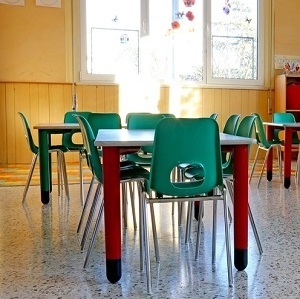Does more money equal a better education?
There’s perhaps no better way to examine that question than the real-life experiment known as the Chicago Public Schools (CPS), where over the past 10 years, enrollment has fallen and spending has soared.
CPS enrollment in 2005 was more than 425,000. Last year it was less than 398,000.
But CPS isn’t spending less than 10 years ago to educate fewer children -- it’s spending more. Much, much more.
In fact, Chicago school spending has risen 30 percent in the past 10 years. Last year, per-pupil spending was $15,120, making CPS one of the richest school districts in the state.
Driven by an all-Chicago power structure in Springfield -- both the House and Senate have been controlled by Chicago Machine Democrats since the mid-1990s, and the 2000s saw two Chicago-bred governors (Rod Blagojevich, Pat Quinn) -- the burden for Chicago school spending now falls on state taxpayers.
Left with complete control of Springfield and state coffers, Chicago leaders did what you’d expect they would: they siphoned more money from downstate and the suburbs to CPS.
In 2005, Springfield sent $1.4 billion to CPS. Last year, it sent $1.8 billion -- for fewer students.
Comparing spending and test scores
So what were the results?
In last year’s statewide PARCC exam, 25 percent of CPS students passed. Put more cynically -- 75 percent failed a test in which failure means a student “isn’t ready for the next grade.”
How did local schools fare?
Springfield’s Iles Elementary was the highest performer with a 91 percent passage rate. Springfield Learning Academy was the lowest performer at 4 percent passage.
Springfield schools spend $12,704 per pupil, the most in the area but still 20 percent less than Chicago.
Williamsville CUSD 15 spent the lowest in the area at $8,277 per pupil, 82 percent less than Chicago; 38 percent of its students passed
Carrollton CUSD 1 spent $8,278 per pupil, also 82 percent less than Chicago. Its grade school passed 31 percent of students, and its high school passed 65 percent.


 Alerts Sign-up
Alerts Sign-up